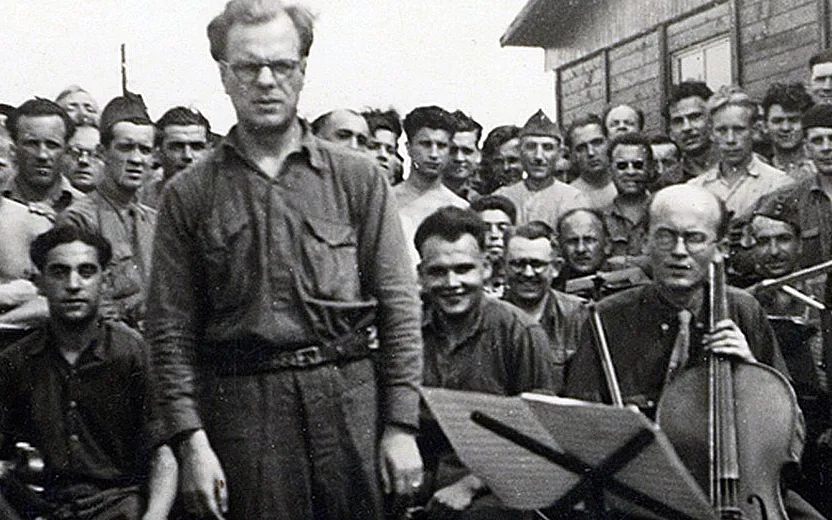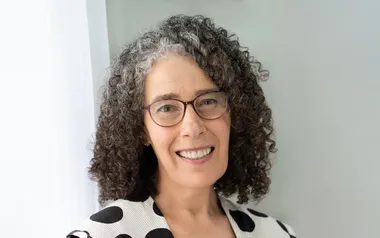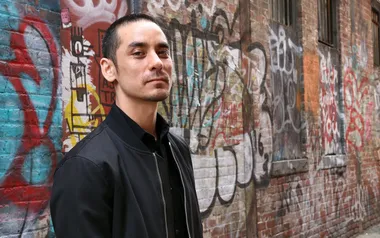Blog
NOVEMBER 2, 2024
Time’s Absence

Art and warfare. The two are seemingly inextricably linked. Sometimes there is an inverse relationship — sublime and transformative works of incredible beauty that somehow try to counterbalance the horrific psychic effects of war on humanity. Other times there is a symbiotic relationship; the anguish of the work tries to represent the horrors of war as best it can. Picasso’s Guernica, Britten’s War Requiem, Penderecki’s Threnody for the Victims of Hiroshima, Ravel’s Piano Trio, just to name a few…
A Metropolitan Museum of Art exhibit that examined the link between artists and war said the following:
“In response to the unprecedented turmoil and trauma resulting from the war, many artists' reactions changed dramatically over a short period of time as fierce nationalism, enthusiasm for regalia and combat, and even optimism for a more democratic future frequently morphed into mournful reflection, feelings of loss and betrayal, pacifism, and rage — directed not only at the institutions deemed responsible but also at their own complicity.”
Germaine Tailleferre, who lived from 1892 to 1983, was the lone female member of a group of composer friends from the Paris Conservatoire who became known as “Les Six.” She had a life full of difficulties, some of which were a result of living in Europe during the First World War, others of which resulted simply from being a woman in a male dominated world. For example, she discovered early that she had an acuity for music, but her father — who viewed female musicians as equivalent to prostitutes — made her go to a convent school instead of the Conservatory. She did later make her way to conservatory against her father’s wishes. In fact, she even changed her last name in repudiation of her father. Such grit and determination!
At the conservatory in Paris she was a student of Maurice Ravel, Claude Debussy, and Charles-Marie Widor. During her time at the conservatory she became friends with five other composition students: Francis Poulenc, Louis Durey, Jean Cocteau, Darius Milhaud, and Arthur Honegger. A reviewer called them “The Six” after a concert they gave in 1920, and the name stuck. During the time between the wars, she had to give music lessons to help support her family — enduring a miscarriage, a husband who hated that she composed music, and her first husband’s eventual suicide. In the Second World War her home was commandeered by the Nazis, and her manuscript scores were burned to heat the house. In spite of it all, she continued to write music that is almost unfailingly positive and full of beauty. She came to America during the war, returning to Paris after its close.
Her lone String Quartet (1917-1919) is tightly constructed and in its brief 10 minute running time it presents a sunny face to the world. Instantly recognizable as “French,” it features polytonality, non-traditional scales, and all of the elán one could want.
By contrast, Olivier Messiaen had a very different experience in his journey to becoming one of the great French composers of the 20th century. He entered the Paris Conservatory at the age of 11(!), studying the organ and composition with Paul Dukas, Maurice Emmanuel, Charles-Marie Widor and Marcel Dupré. However, during the occupation of France in 1940 he was captured and sent to a prisoner of war camp, Stalag VIII-A. He met some musicians there, and had some sympathetic captives who knew a good thing when they saw it, and who provided some instruments and materials so that Messiaen could write a piece for their entertainment. The result was the massive work of faith and reaction of the brutality of war, the Quartet for the End of Time.
In eight movements that span around 50 minutes, Messiaen presents visions of a world outside of time — is it an escape from the interminable time of captivity, or of an exploration of the profundity of Christian faith — or both?
In this music, Messiaen combines his deep personal Catholic faith with his love of birdsong, both of which symbolize an escape of the mind from the captive body. Even the title of the work reflects on different aspects of what he was going through at the time.
In the realm of the ecstatic religious visions of the Book of Revelation, the end of days is literally the end of Time.
In the realm of musical expression, the boundaries of how slow music can be — especially in the central solo cello movement — become almost a literal representation of Eternity.
In the physical realm, the fact is that the composer is being held captive: days lose meaning, blur together… Time seems to stand still.
Like his Turangalila Symphony, which the Oregon Symphony performed several years ago, the Quartet for the End of Time is a work of enormous breadth, vibrant colors, sheer instrumental virtuosity, and deep symbolism. It’s an honor and a joy to bring this work to you!
Charles Noble
Assistant Principal Viola, Oregon Symphony
Violist, 45th Parallel Universe
Don’t forget to share this post!
YOU MAY ALSO LIKE…

Take Me to the River
On April 30th, 45th Parallel will perform Treasured Resources: Water and Music, featuring the world premiere of Waterways by Columbia Riverkeeper composer…

Poulenc was my OG
For those of you who might not be aware, OG is an acronym for Original Gangster. Originating in the 1970s, OG was used to describe a gang member specifically from…

Groovin’ with Andy
I’ve never been comfortable with the traditional idea of what a violinist is or should be. Maybe it’s that I always felt like I was playing an unwinnable game of…